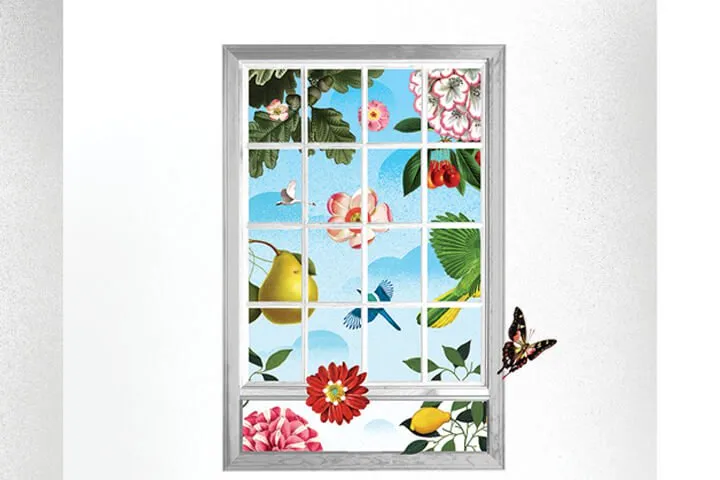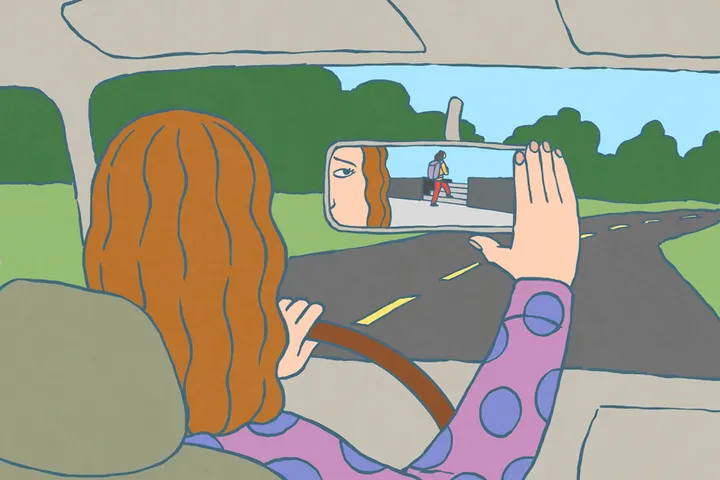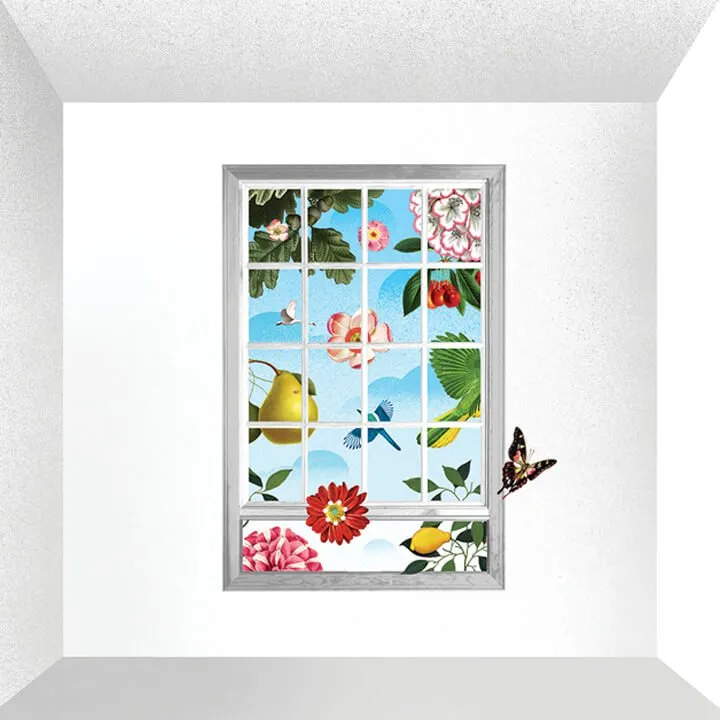My husband and I have toured countless abbeys and cathedrals over the years, as we traveled across Europe. Ancient houses of worship cast a particular awe over us. The history, the intentional beauty behind their construction and decoration, the candelabras and the columns, the kneeling boards and the flickering candles in side chapels, the stained glass telling stories, the quiet crypts of buried saints—we love it all. But our loves diverge when it comes to the crucifix found adorning most altars and present in so much religious art.

My husband grew up in a church where the crucifix was not on display, leaving him with mixed feelings about its use as a symbol. His faith tradition felt it showed Jesus in a position of defeat, beholden to death. Like many churches, including my own, they preferred the symbol of a simple cross, empty of beaten, bloodied Jesus. To many, the cross is a symbol of triumph, the absent crucified Jesus now reigning from heaven in His resurrected glory. I understand this, but I’ve grown increasingly drawn to the symbol of the crucifix and this Messiah—crowned with thorns, arms spread wide—bound not by nails but by love.
When I see crucified Jesus, particularly in religious art, it allows me to place myself at the foot of the cross in a new way. It teaches me to sit at His feet. I often wonder how I might have reacted as a woman and as a follower of Jesus, had I been present at the scene. In all four crucifixion accounts across the gospels, women are present at the death of Jesus. They are the faithful who stayed at the foot of the cross and gathered a short distance away while Jesus hung, dying.
In stark contrast, the disciples, save John the beloved, scattered into hiding. Christ was betrayed by Judas and denied by Peter. Perhaps this was because the bruised and broken body was not the Jesus they knew. This was not triumph—it was confusion. This was defeat. In the middle of such turmoil, at the foot of the cross, we find Jesus’ mother Mary, her sister, and Mary Magdalene. Other women who followed Jesus also gathered at a distance in open support of Him.
It’s important to note that in a patriarchal culture, while women were often vulnerable in situations of potential violence, they were also overlooked and undervalued members of society. A woman’s presence may not stir up the political or religious animosity a man’s would. But surely, the women by the cross were afraid. Surely, they too stood horrified at the sight of their Messiah and King bowed low. And yet they continued to minister to Him with their presence. I’ve often wondered at this show of inner strength.
Jesus defied patriarchal conventions. He drew near to women, He received their ministry, He honored and empowered them, He healed and set them free.
We know that in that time, women were second class citizens, often without rights or money or personal freedom. In His earthly ministry, Jesus defied these patriarchal conventions. He drew near to women, He received their ministry, He honored and empowered them, He healed and set them free. A Savior offering that kind of freedom would compel the marginalized to follow Him, even if it led to death. The prevalence of the crucifix in so many houses of worship and in artistic renderings has helped me understand that a crucified Jesus may be the Savior most understood by marginalized people and those of deep lament. As a privileged American, I need to learn lament. When I identify with the marginalized, I’m able to identify with the suffering Jesus and come closer to putting my own power struggles and fleshly desires to death.
After Jesus breathed His last and the earth shuddered and the curtain tore in two, the women who loved Him continued with their ministrations. Mary Magdalene, among others, carried spices to the tomb, only to discover it a gaping hole, wide like a wound. When the angel inside declared Jesus risen, she ran to Peter and John, bearing the good news. Jesus honored Mary Magdalene as a witness, and later graced her with His first bodily appearance after He rose from the tomb.
As I think of Mary Magdalene, I realize how I too need to be faithful in my attention to both crucified and resurrected Christ. Author Aaron Niequist writes in The Eternal Current, “Resurrection is impossible without the reality of crucifixion, and crucifixion without the hope of resurrection is pure despair.”
Whether or not I identify with the symbol of a cross or a crucifix is not essential to my salvation. Rather, it is critical to my ability to hold both the suffering of Jesus and the celebration of His resurrection as the predominant posture of my heart—a suffering celebration.





